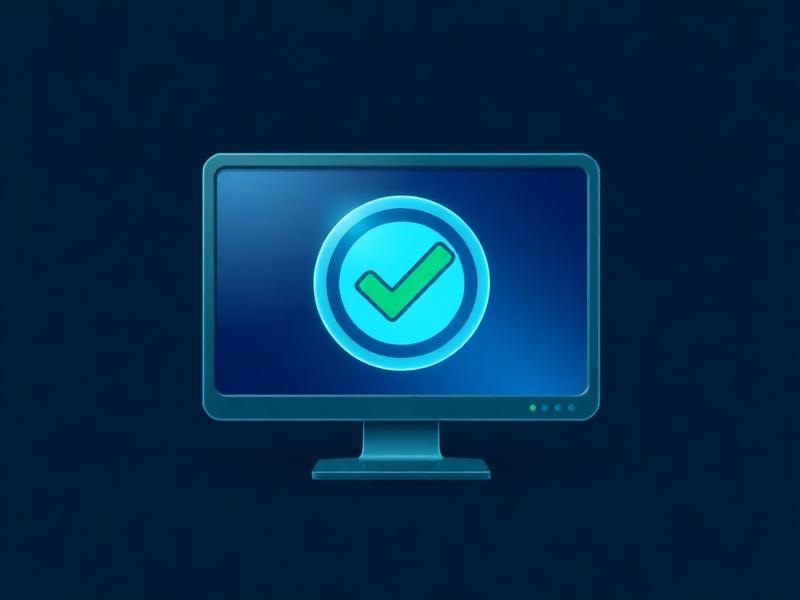Optimize PC for Gaming on HP Laptop - causes, fixes, and prevention
Overview - what this guide covers
We’ll show how to disable background tasks, enable Game Mode, and maintain drivers so your rig stays fast.
Symptoms you might see
- Low FPS in games
- Micro stutter during action scenes
- Long loading times
- Fan noise at high RPM
Low FPS and micro stutter often mean CPU contention or driver issues. Long loads point to disk bottlenecks. High RPM fans show high sustained power draw.
Manual fixes - step by step
- Enable Game Mode and GPU Scheduling
- Update GPU and chipset drivers
- Limit startup apps with PC-Care.ai
- Defragment HDD or ensure SSD optimized
- Disable overlays and background recorders
- Use High Performance power plan
Game Mode prioritizes CPU/GPU resources. Updated drivers improve stability. Startup trimming frees RAM and CPU for games. SSD optimization shortens load times. Disabling overlays stops hidden background encoders.
Prevention - keep the issue from coming back
Keep GPU drivers and Windows up to date
Run PC-Care.ai monthly to clear caches and maintain fast load times
How PC-Care.ai helps
PC-Care.ai detects high impact startups and schedules heavy tasks outside gaming hours.
The scan also clears caches and temp files for faster load screens.
Run Free AI ScanFAQ
- Why does my FPS drop suddenly?
- Background tasks or thermals may throttle CPU/GPU.
- Should I overclock?
- Do only if you understand stability and cooling - software optimization first.
- Does Game Mode always help?
- Yes in most cases but test both on and off.
- Do overlays hurt performance?
- Yes - overlays and recorders can cost 5-10% FPS.
- Is SSD required for gaming?
- Not required but greatly reduces load times.
- Can PC-Care.ai help automatically?
- Yes - it frees resources so games run with maximum headroom.
References - further reading
- Windows Game Mode
- support.microsoft.com/help/4028644
- Optimize gaming performance
- support.microsoft.com/help/4483834
